Some cars evolve from one form to another during their production life, and it is fair to say that was the case with Jaguar’s legendary E-Type. Upon its release, it was undoubtedly a genuine sports car, but this 1969 2+2 is more of a Grand Tourer. It would have been striking in its prime, but it requires a new owner willing to recapture its former beauty. It should be a rewarding process, and the auction action suggests a few people are willing to accept the challenge. The E-Type is listed here on eBay in Victorville, California. The bidding has raced to $7,300 in a No Reserve auction.
The E-Type caused a sensation upon its unveiling in 1961, with motoring journalists lavishing praise upon it due to its styling and performance. The car evolved during its production life, with the 2+2 variant joining the fray in 1966. The extra seats improved the car’s versatility, allowing room for two children or small adults in the back. This 2+2 rolled out of the Coventry factory in 1969 finished in Regency Red. This was a new shade for that model year and remained on the color palette until E-Type production ended in 1974. The paint is pretty tired, and stripping the vehicle to bare metal will be required for the high-end restoration it deserves. The panels are straight, although the seller indicates there is rust present. They don’t specify its location, but the rockers appear solid. The interior shot reveals issues with the front floors, while the rear valance and rear hatch opening may require attention. The trim is present, with the condition ranging from serviceable to some items requiring restoration. The glass is in good order, and the beautiful wire wheels show no signs of deterioration.
The mechanical specifications of our feature car clearly demonstrate the evolution of the E-Type. Its engine bay houses the glorious 4.2-liter DOHC six-cylinder powerplant that would have produced 246hp and 263 ft/lbs of torque in its prime. Upon its launch, it was unthinkable that the E-Type would ever feature an automatic transmission, but a three-speed unit joined the options list in 1966. The original owner equipped this car with a self-shifter, adding power steering to cement its Grand Tourer credentials. Outright performance suffered in this guise, with this classic taking 16.5 seconds to cover the ¼-mile. The seller indicates the Jag doesn’t run, and it is unclear when it last fired a shot in anger. The engine turns freely, so revival might be possible following a thorough inspection.
The Jaguar’s interior provides further evidence of the changes made by the company to improve comfort. The original owner ticked the box beside air conditioning on the Order Form, making life inside this gem pleasant on warm days. Potential buyers will be pleased to discover this interior is unmolested, with no changes or aftermarket additions. It requires a complete retrim, which may initially seem like overkill due to the lack of gaping rips or tears in some upholstered surfaces. However, buying individual pieces to address the shortcomings will undoubtedly cause color inconsistency that many owners would find unacceptable. Kits are readily available to return the interior to its former glory. They typically retail for over $5,000, but the long-term investment potential of this Jag should justify the expense.
This 1969 Jaguar E-Type 2+2 has generated plenty of interest, attracting twenty-three bids at the time of writing. This may be partially due to the inherent desirability of the badge, although some might find the No Reserve aspect irresistible. It is guaranteed to find a new home in a few days, but are you tempted to make it yours? We would love some progress reports if you are the successful bidder.






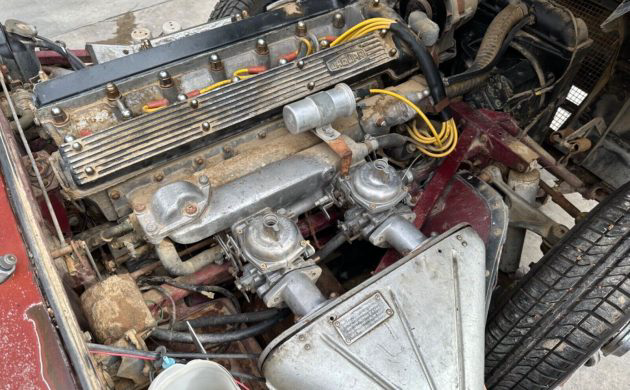
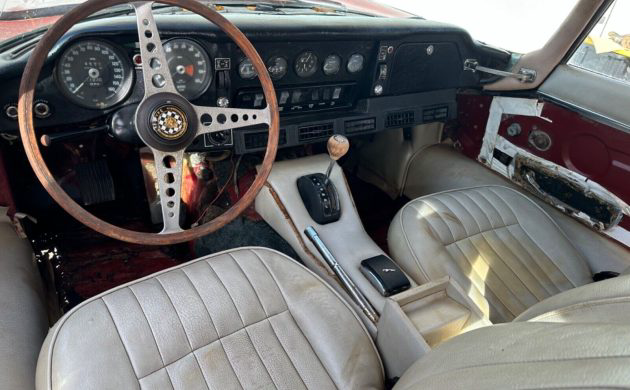
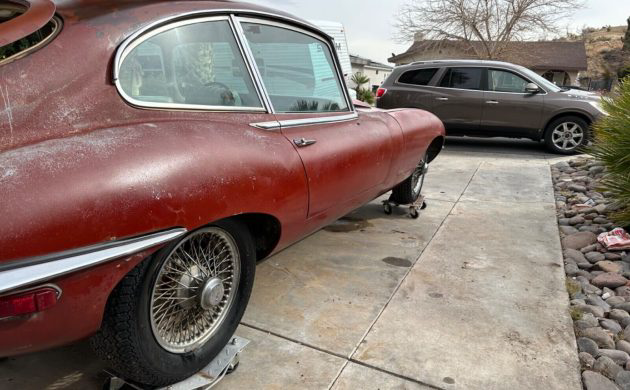
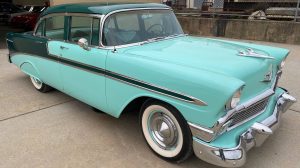

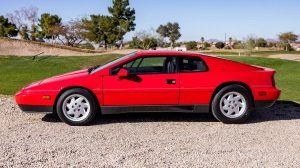
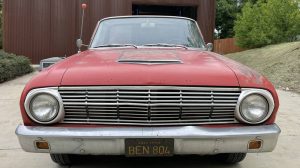


This is the E Type for someone who really really REALLY wants one and can do the work themselves. Suffering from 4 negatives, the less desirable Series 2, the 2+2 body, a terribly lazy automatic, and the detuned anemic version of the classic 6.
I once owned a 67 2+2 with triple SU’s and a manual. The performance difference between it and a coupe was negligible. A great touring car. Loved to run.
When restored, the performance will be good. The twin Zenith-Strombergs actually do give the performance of the triple SUs…even if they look punier. The North American Series II’s carbs atomize the fuel more finely than the SUs–patented over a century ago in 1922. They also are thermostatic–allowing the carbs to get all the oxygen they need when hot. The Series II also got a more aggressive distributor that zapped the finely-atomised emulsion more aggressively–improving emissions and fuel efficiency. A ’69 Series II still comes with the original Series I 9:1 compression and same amount of lift on the cams. What drives down performance slightly to 246 bhp on ’68s through mid-1970 cars is overhead pipes that transfer hot exhaust over to the carbs to bring down emissions numbers. However, this particular car is either a Canadian ’69 or an American one that has had the overhead pipe removed, thus producing 255 bhp. You may say this is still ten ponied below Series I. It is and it isn’t. You see, while you lose ten bhp at the crank it is irrelevant, because your motor is producing maximum power for its compression and cam lift, but doing it so much more efficiently than with the dirty, ancient SUs. This means a lot less back-pressure in the exhaust, which slightly more than makes up–at the rear wheels–for those lost ten ponies at the crank.
As of mid-1970–which does not apply to this car–performance really did begin to decline due to increasing emissions requirements. By the time the 1971 Series II came along (until replaced by the Series III in July of 1971), the Series II’s compression was dropped to 7.9:1, the rocker clearances were increased a lot, exhaust heating was doubled, an ash cannister was introduced, and so forth!
As for DA’s comment, beauty is in the eye of the beholder. While most people will agree that the original wheelbase and windscreen height cars (roadsters and two seat coupes) are better-looking, to most people a nice 2+2 is an elegant GT in its own right. To each his or her own.
Never liked these cars – ugly, like an old lady orthopaedic shoe.
Victorville is a desert town, so there’s that.
Put a small block Chevy with a automatic in there ,then you’ve a fine car . Did it and was great matter fact sold it for a lot more.
Nice vehicle drove one in the 70s but the convertible is a better choice – still not too much legroom for a 6ft 4in frame